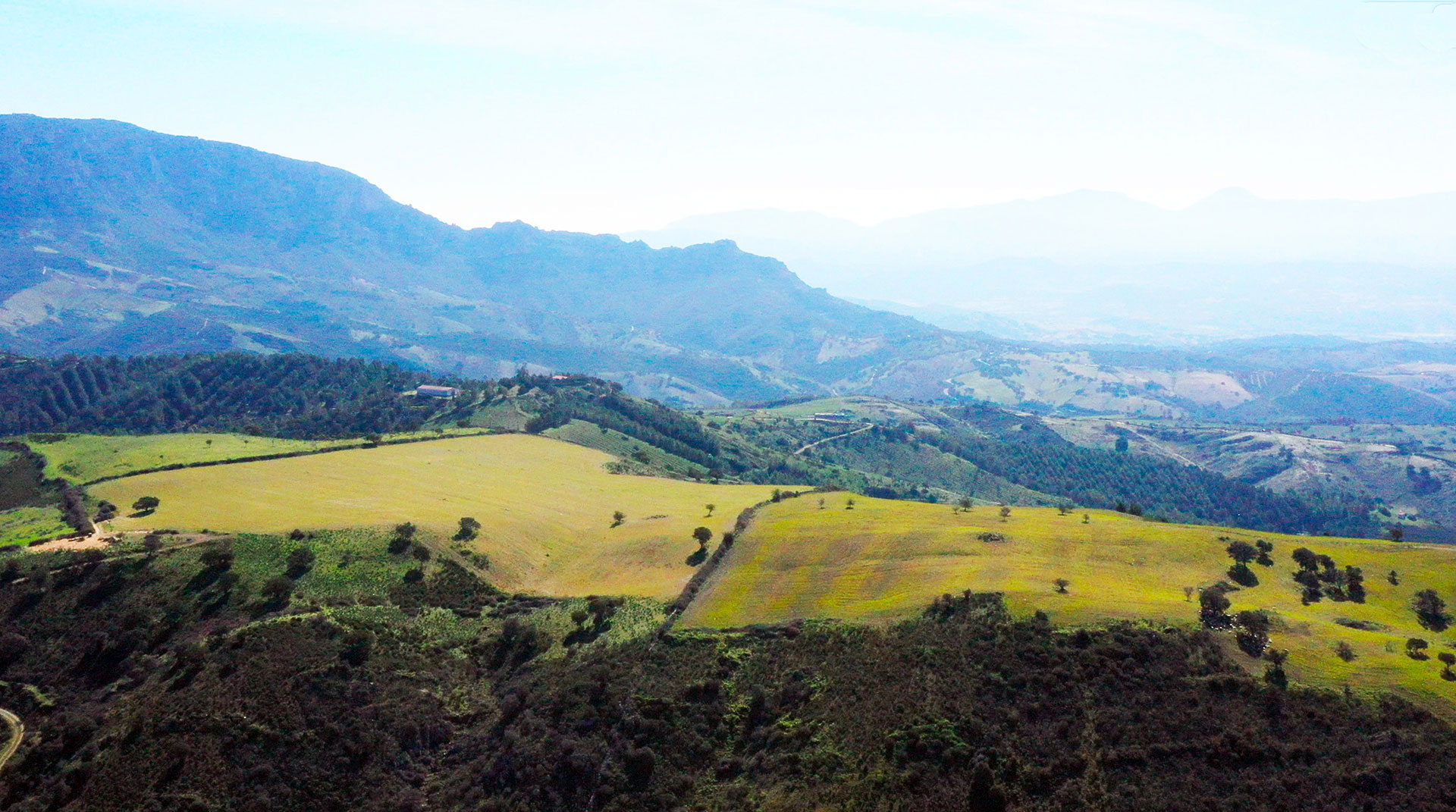Field activities continue at full speed near the Sos Enattos mine. In the municipalities of Onanì and Orune (NU), geognostic surveys began at the end of July to characterize the area, a candidate to host the Einstein Telescope.
To host such an advanced facility, the site must ensure optimal conditions for the experiment, particularly from a geological and geophysical standpoint. It is essential to analyze the soil and subsoil to assess how they respond to vibrations and external stimuli. The chosen location must meet strict seismic and environmental quietness criteria, as the interferometer must operate in absolute silence, far from external interference. Therefore, it will be placed more than 100 meters underground, where environmental and seismic noise are significantly reduced compared to the surface.
In this characterization phase, the geognostic surveys are a crucial preliminary step for the construction of engineering infrastructures like the Einstein Telescope. They include a series of technical tests, such as dilatometric tests, which measure the rock’s deformability at depths between 300 and 463 meters to collect data on its strength and stiffness. Lugeon permeability tests are also planned, which evaluate the rock’s ability to pass water, how fast and in what quantities, along with hydro-fracturing tests to measure natural pressures in the subsoil.
Two configurations are under consideration for ET: a delta-shaped one, with three arms extending from the vertices of an equilateral triangle, and an L-shaped one, with two arms arranged at a 90-degree angle to each other, a scheme already used in the current LIGO and Virgo gravitational wave observatories. Both configurations are designed to create a network of underground arms along which laser beams will be sent: detecting the infinitesimal variations in their path, induced by the passage of gravitational waves, is the experiment’s goal.
Currently, work is underway at the construction sites identified as “S03” and “S06″, the northern vertex of the proposed triangle and the southwest vertex of the L-shaped configuration, respectively. It was decided to conduct surveys on the vertices first, as they will be decisive in choosing the final layout. The aim is to complete all surveys by the end of the year: the collected data will then be analyzed and shared with the international scientific community, to evaluate which configuration – triangular or L-shaped – will best meet the needs of the Einstein Telescope.
The geognostic survey activities are coordinated by the Southern National Laboratories of the National Institute for Nuclear Physics (INFN) as part of the ETIC (Einstein Telescope Infrastructure Consortium) project. ETIC is a project of the Ministry of Universities and Research (MUR) – funded with 50 million euros from the National Recovery and Resilience Plan (under NextGenerationEU) – for which INFN is the proposer and lead agency.
Launched in 2023, the project has two main objectives: to carry out preparatory work for the technical and economic feasibility project of the ET observatory and to create or strengthen, at INFN sites, universities, and research institutions involved in ET, a national network of laboratories dedicated to developing the technologies required for the future interferometer.
An image of geognostic surveys (left); Gaetano Schillaci and Daniele Cittadino, INFN-Laboratori Nazionali del Sud (right)



